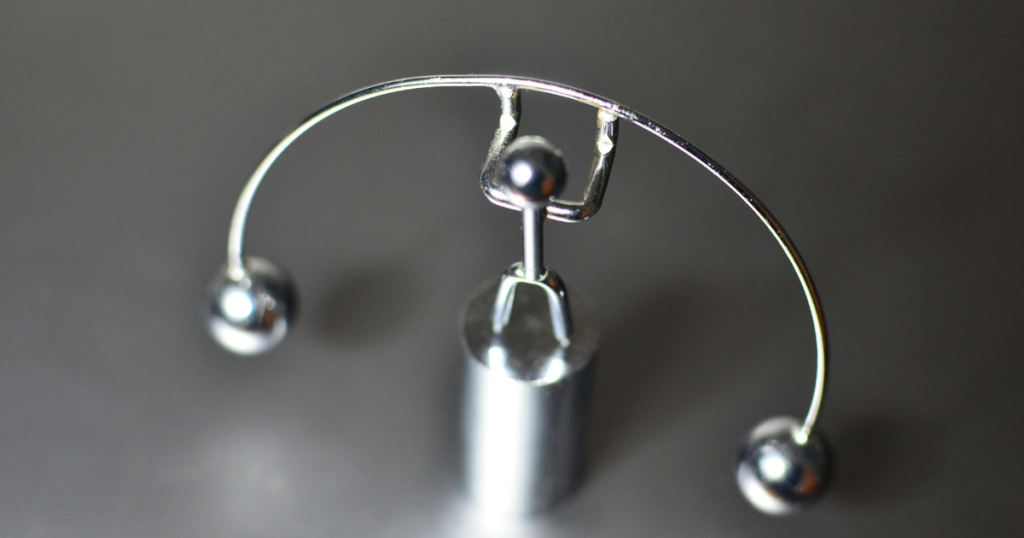10 Tips for Enhancing Stainless Steel Design

Stainless steel is a versatile material widely used in various industries for its durability, aesthetic appeal, and resistance to corrosion. Whether you are designing kitchen appliances, industrial equipment, or architectural features, enhancing your stainless steel design can significantly impact the functionality and appearance of your product.
This blog post will provide ten practical tips to improve your stainless steel designs, ensuring they meet high standards of quality and performance. Along with these tips, we’ll address common questions related to stainless steel design and offer insights into making the most of this remarkable material.
1. Choose the Right Grade of Stainless Steel
Selecting the appropriate grade of stainless steel for your project is crucial. Different grades offer varying levels of corrosion resistance, strength, and aesthetic appeal. For instance, 304 stainless steel is commonly used in kitchen appliances due to its excellent corrosion resistance and ease of fabrication, while 316 stainless steel is preferred in marine environments for its superior resistance to chloride corrosion. Assess your project’s requirements and consult with experts to choose the best grade.
2. Optimize Your Design for Fabrication
Designing with fabrication in mind can save time and reduce costs. Simplify your designs to minimize welding and other complex processes. Consider the limitations of your fabrication methods and design accordingly. Avoid intricate details that can be difficult to produce and focus on creating clean, functional designs.
3. Use High-Quality Finishes
The finish of stainless steel not only affects its appearance but also its performance. High-quality finishes can enhance corrosion resistance and make cleaning easier. Common finishes include brushed, polished, and bead-blasted. Choose a finish that suits your application and enhances the overall look of your design. For professional assistance, consider consulting with Stainless Steel Design services to ensure optimal finishes.
4. Incorporate Proper Drainage
When designing equipment or components that will be exposed to moisture, ensure that there is proper drainage. Water accumulation can lead to corrosion and degrade the material over time. Design slopes and drainage holes where necessary to prevent water from pooling on the surface.
5. Pay Attention to Welding Techniques
Welding stainless steel requires special attention to prevent issues like warping and corrosion at the weld joints. Use low-heat input methods and ensure proper post-weld cleaning to remove any residues that can lead to corrosion. Consider using advanced welding techniques like laser welding for precise and clean joints.
6. Avoid Galvanic Corrosion
When stainless steel comes into contact with other metals, galvanic corrosion can occur. To prevent this, avoid using dissimilar metals in your design. If contact is unavoidable, use insulating materials or coatings to separate the metals and reduce the risk of corrosion.
7. Design for Easy Maintenance
Design your stainless steel products with maintenance in mind. Easy-to-clean surfaces and accessible components can extend the lifespan of your design. Avoid tight corners and crevices where dirt and grime can accumulate. Smooth, rounded edges are easier to clean and maintain.
8. Consider Thermal Expansion
Stainless steel expands and contracts with temperature changes. Design your components to accommodate these changes without compromising their integrity. Provide sufficient clearance and use flexible connections where necessary to prevent stress and deformation.
9. Utilize Advanced Manufacturing Techniques
Advanced manufacturing techniques like 3D printing and CNC machining can enhance your stainless steel design. These methods allow for precise and complex geometries that traditional manufacturing methods may not achieve. Explore these technologies to create innovative and high-performance designs.
10. Focus on Sustainability
Sustainability is becoming increasingly important in design and manufacturing. Stainless steel is inherently recyclable, making it an eco-friendly material choice. Design with sustainability in mind by minimizing waste, choosing recyclable materials, and considering the environmental impact of your manufacturing processes.
FAQs about Stainless Steel Design
What are the common grades of stainless steel used in design?
The most common grades are 304 and 316 stainless steel. Grade 304 is widely used for its excellent corrosion resistance and ease of fabrication, while grade 316 offers enhanced resistance to chloride environments, making it ideal for marine applications.
How can I prevent corrosion in my stainless steel design?
To prevent corrosion, choose the appropriate grade of stainless steel, use high-quality finishes, ensure proper drainage, and avoid galvanic corrosion by not using dissimilar metals. Regular maintenance and proper cleaning also play a vital role in preventing corrosion.
Can stainless steel be used in high-temperature applications?
Yes, stainless steel can be used in high-temperature applications. However, the specific grade of stainless steel must be chosen based on the operating temperature. Some grades, like 310 and 321, are designed to withstand high temperatures.
What are the benefits of using stainless steel in design?
Stainless steel offers numerous benefits, including excellent corrosion resistance, high strength, durability, aesthetic appeal, and recyclability. These properties make it suitable for a wide range of applications, from kitchen appliances to industrial equipment and architectural features.
Conclusion
Enhancing your stainless steel design involves careful consideration of material selection, fabrication techniques, finishes, and sustainability. By following these ten tips, you can create high-quality, durable, and aesthetically pleasing stainless steel products that meet the demands of various applications. Whether you are designing for industrial, architectural, or consumer purposes, stainless steel offers unmatched benefits that can elevate your projects. For expert guidance and top-notch services, consider partnering with Stainless Steel Design professionals to ensure your designs stand out in quality and performance.






